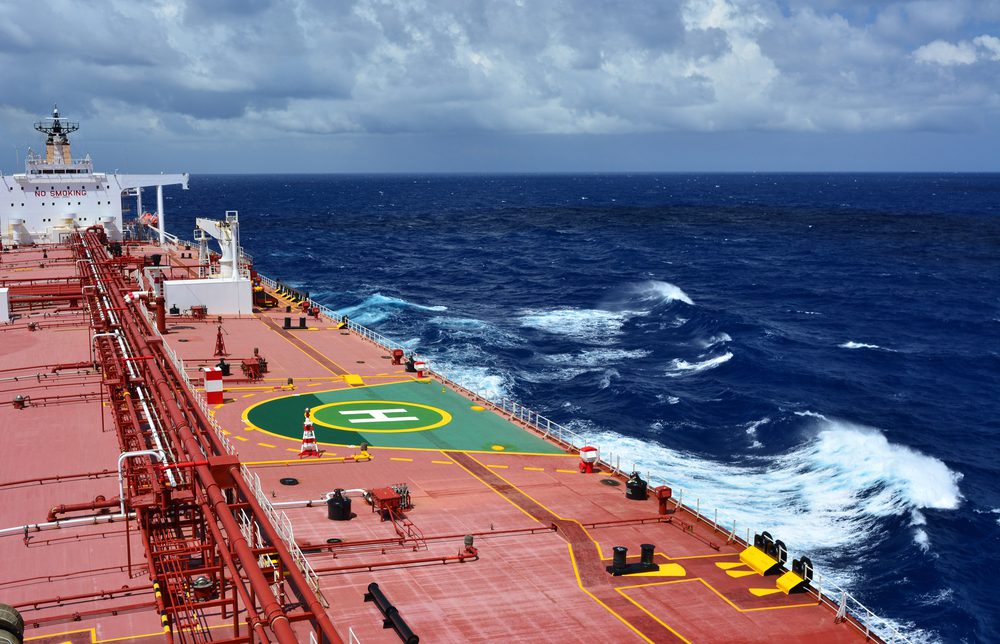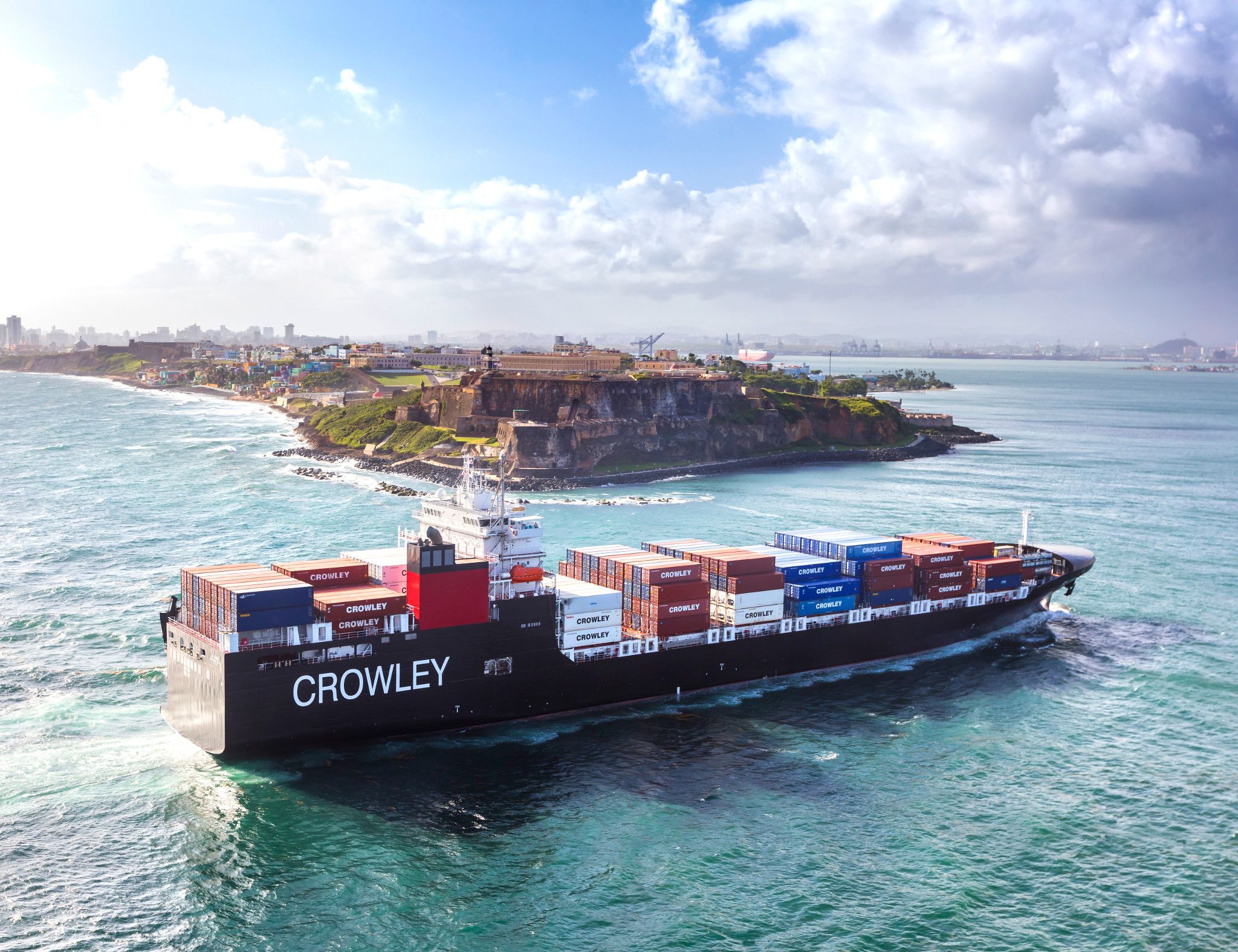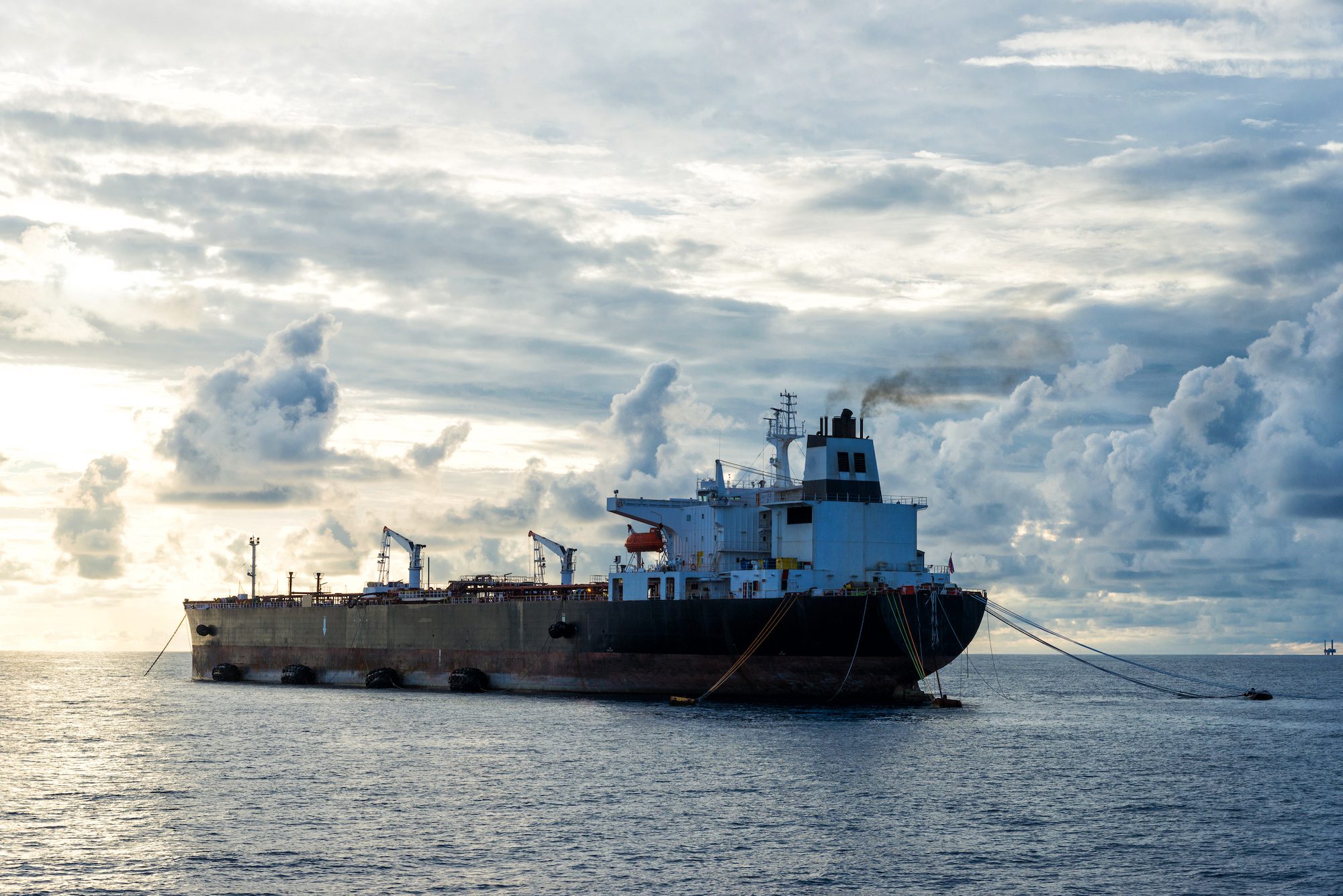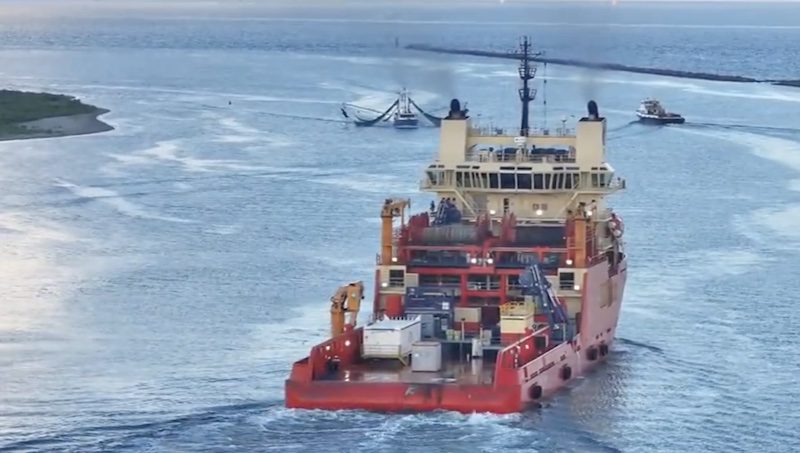By Julian Lee (Bloomberg) —
Two oil tankers appeared to stop what they were doing off the coast of Greece just a few days after the US Treasury imposed fresh sanctions on 14 Russian ships, another sign of how a toughening of western measures is disrupting Moscow’s petroleum trade.
The NS Creation and the Zaliv Amurskiy seemed to abandon a so-called ship-to-ship oil cargo transfer that they were undertaking in the Laconian Gulf, an expanse of water to the south of Greece, ship-tracking data compiled by Bloomberg show.
This isn’t the first time that ships involved in Russia’s oil trade have maneuvered oddly soon after being sanctioned. Another one performed a near-immediate u-turn after being designated by the Treasury earlier this month, and almost all those specifically identified by the US late last year or early in 2024 haven’t loaded cargo since.
The NS Creation and the Zaliv Amurskiy came together just hours before the US Treasury announced a fresh round of sanctions aimed at ships carrying Russian oil in breach of a price cap imposed by the Group of Seven nations and their allies in response to Russia’s invasion of Ukraine in February 2022.
Both are owned by Russia’s Sovcomflot but only the NS Creation was on that Treasury’s list.
The Zaliv Amurskiy had taken on about 730,000 barrels of Russia’s flagship Urals crude at the Baltic port of Primorsk earlier in the month, shipping data compiled by Bloomberg show.
The two tankers moved alongside each other for almost two days between Feb. 23 and Feb. 25, a period of time that would normally have seen the Zaliv Amurskiy pump its consignment into the NS Creation.
If the cargo had been transferred, the NS Creation would then have been laden and, most likely, headed toward the Suez Canal in order to go to a customer in Asia. Conversely, the Zaliv Amurskiy would more likely have headed back to a port to take on its next cargo.
Instead, the NS Creation has changed its next port to call to Novorossisyk, an oil export terminal on Russia’s Black Sea coast, and its tracks suggest that’s where it’s headed. Instead, it is the Zaliv Amurskiy — which should have been empty — that is sailing toward the northern end of the Suez Canal.
That suggests the cargo switch didn’t proceed.
The reported drafts of the two ships indicate that the cargo remains on the Zaliv Amurskiy, although such data are entered manually and may yet be updated.
If a cargo transfer was indeed abandoned, it would provide more evidence that US sanctions are having an impact on Russia’s oil trade. The measure allows a 45-day grace period for cargoes on the newly sanctioned ships to be offloaded, so the full effect may not be seen until April.
A second tanker, Anatoly Kolodkin, made a u-turn off the coast of Spain in the hours after it was added to the sanctions list on Friday. The ship, which was heading empty to the Baltic port of Ust-Luga, was last seen on Monday off the coast of Algeria, still signaling Ust-Luga as its destination.
Such unusual movements will be a double-edged sword for western authorities, who are trying to both hurt the Kremlin’s oil revenues while simultaneously avoiding steps that could hurt Russian supply.
© 2024 Bloomberg L.P.
Unlock Exclusive Insights Today!
Join the gCaptain Club for curated content, insider opinions, and vibrant community discussions.

 Join The Club
Join The Club













